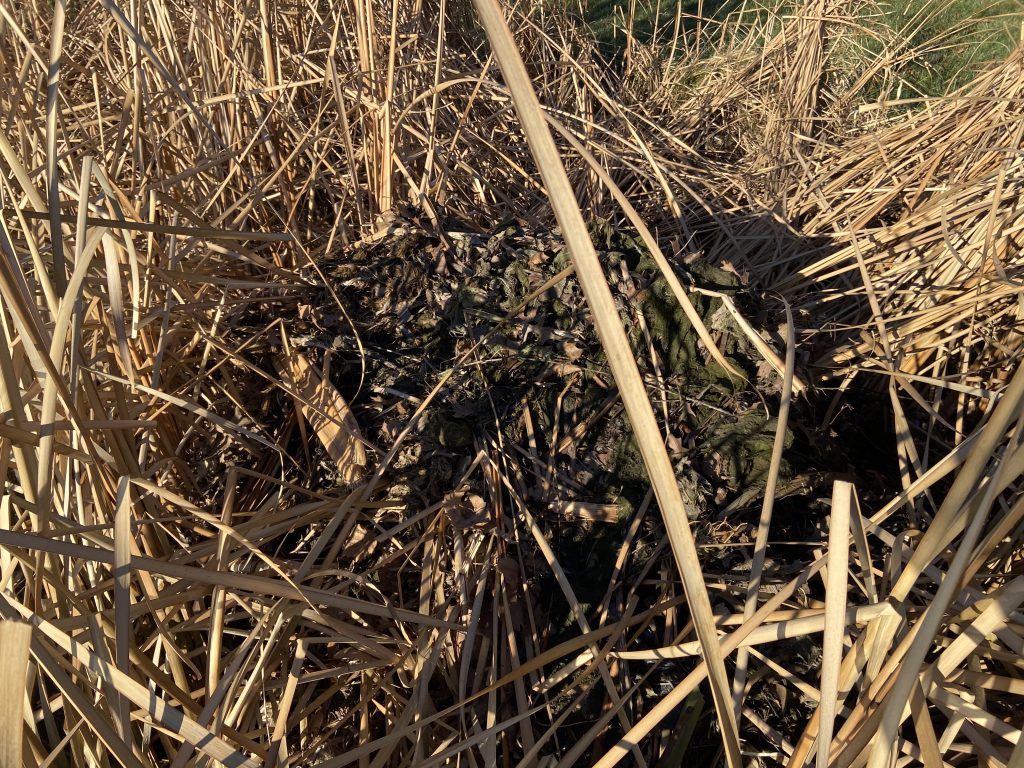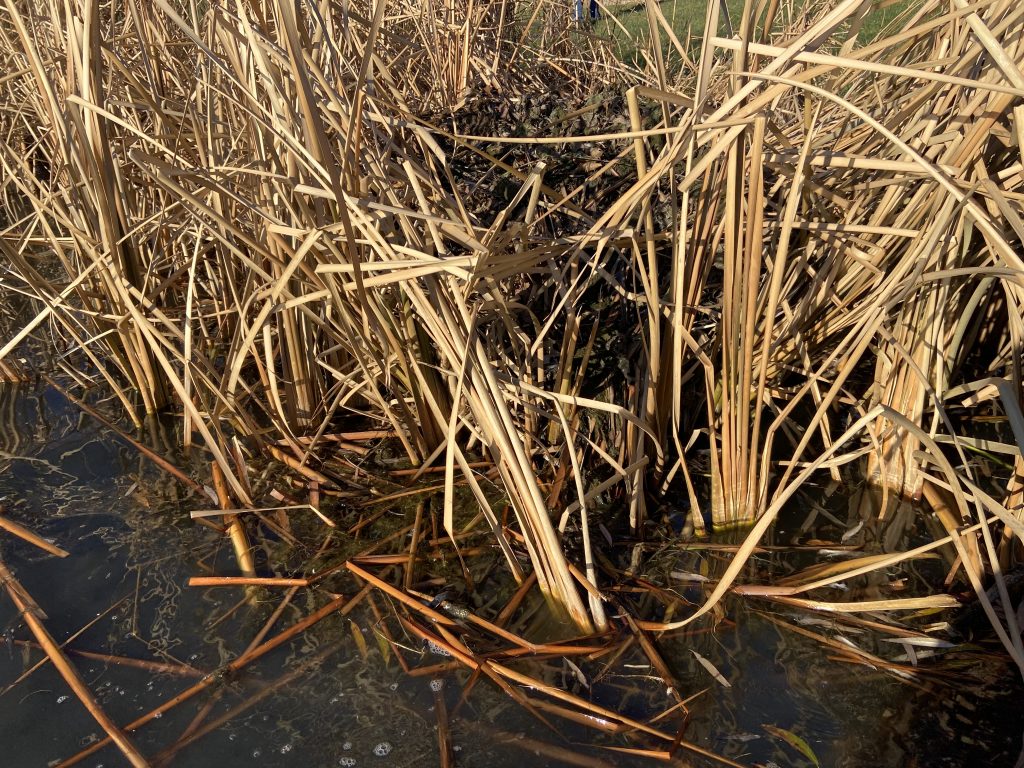Muskrat Removal and Facts
Muskrats typically measure between 16 to 25 inches long, including an 8-11 inch tail, and weigh between 2 to 5 pounds. The lifespan of a muskrat in the wild typically ranges from 3 to 4 years. With some individuals potentially living five or six years. They have dense brown fur, a rounded body with a long, hairless black tail that is laterally flattened, webbed hind feet for swimming, and smaller front feet for digging. Their eyes and ears are small. They inhabit wetlands, ponds, lakes, marshes, and rivers, preferring areas with 4 to 6 inches of still or slow-moving water and abundant vegetation. Large, territorial families are where muskrats reside, and they mostly lead nocturnal and crepuscular lives (being active at dawn and dusk). However, during the winter, it’s not uncommon to occasionally spot them out and about during the day. They are omnivores with a preference for a plant-based diet, feeding on the roots, stems, leaves, and fruits of aquatic vegetation. Females can give birth to 2-3 litters per year, each yielding an average of 4-8 pups. In warmer months, muskrats can give birth to as many as 15 young at once. Muskrats are excellent swimmers, capable of holding their breath underwater for 15-20 minutes and swimming backwards. They use their webbed back feet and laterally flattened tails for propulsion.
Call Now To Schedule An Appointment!
What Are The Signs of A Muskrat Infestation
Presence of Burrows: Muskrats create burrows in the banks of ponds, lakes, marshes, and streams. These burrows typically have underwater entrances leading to chambers above the waterline.
Lodges: Muskrats build lodges out of mud and aquatic vegetation, which can be up to 8 feet in width and 5 feet tall.
Muskrat Droppings: You may find muskrat droppings on dry, elevated surfaces such as stumps, logs, rocks, or feeding platforms.
Feeding Platforms: Muskrats create elevated, flat pads of mud and vegetation where they eat.
Erosion and Water Seepage: The burrowing activities of muskrats can cause erosion, muddy water, and weakened embankments, potentially leading to flooding.
Structural Damage: Muskrats can undermine the structural integrity of artificial or decorative ponds, dams, and dikes due to their burrowing, which can lead to collapses and costly repairs.


Muskrat Prevention
Removing Vegetation: Muskrats feed on aquatic vegetation Reducing the availability of their favorite plants such as arrowhead, pond weeds, cattail, sedges, ferns, water lilies, rushes, and willow. Removing these plants from the water body can force muskrats to relocate in search of food.
Use Rip-rap: Covering banks with coarse gravel or rip-rap can prevent muskrats from burrowing into banks. A slope no steeper than 18 degrees may be sufficient to deter muskrats. Rip-rap should be placed 3-6 inches thick and extend from 1-2 feet above the water line to 4 feet below
Install Fencing: Ideal fencing material is 1-inch hardware mesh. A fence should stand at least 1 foot above ground level and penetrate 3 feet below the water level to prevent muskrats from burrowing underneath. Ensure the fencing surrounds the entire perimeter of the pond or waterway.
How To Trap Muskrats
Live Trapping: Trappers place live traps near burrows, dens, or commonly traveled runs. They can use bait such as bird seed, apples, or vegetables to attract muskrats into the traps. This method allows for the potential relocation of the animals.
Lethal Trapping: For lethal trapping, trappers set traps like body-gripping conibear traps or drowning snares in water-filled runs or around the lodge. They design these traps to kill muskrats quickly and humanely, aiming to reduce any potential suffering.
After removing a muskrat with a trap, fill in the abandoned burrows with gravel or stone to prevent other animals from inhabiting them.
Professional Assistance
In many cases, especially when dealing with large muskrat populations or complex situations, it may be beneficial to seek professional assistance. Wildlife removal experts are equipped with the knowledge, tools, and experience to safely and effectively remove muskrats. They can also provide advice on long-term muskrat management and prevention strategies.
Health Risks
Tularemia: Contaminated water, infected meat, or an open cut can transmit this bacterial disease. It causes lethargy, fever, flu-like symptoms, and infected sores in humans. If not treated properly, Tularemia can be life-threatening.
Leptospirosis: A kidney-related disease that can be contracted by humans through contact with water contaminated by muskrat urine.
Rabies: Although not a major threat, muskrats can carry rabies, which can be transmitted to humans or pets through bites.
Ringworm Disease and Pseudotuberculosis: Muskrats can serve as reservoirs for these diseases, which can affect humans and other animals.
Parasites: Muskrats can transmit parasites like tapeworms, roundworms, flukes, ticks, and mites to humans and other animals.
Water Contamination: Muskrats can contaminate water bodies with their droppings and urine, which can carry various pathogens and parasites.
Ecosystem Impact: Muskrats can influence the bioaccumulation of contaminants in other organisms at higher trophic levels, potentially affecting the health of the entire ecosystem.